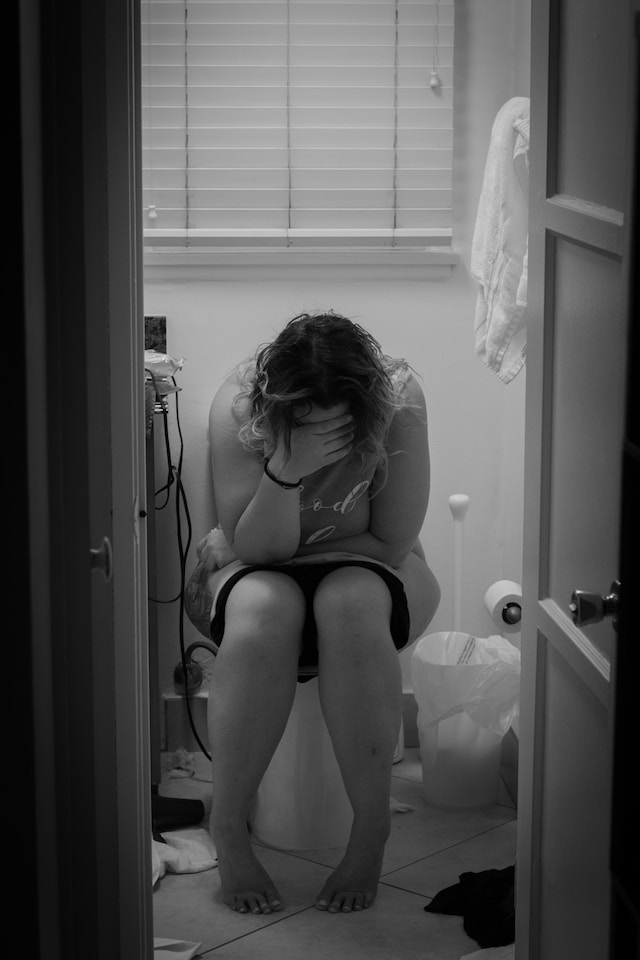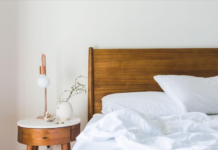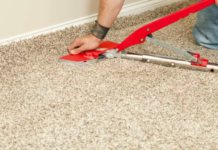Urinary incontinence, the involuntary leakage of urine, is an issue that can affect individuals across various age groups, predominantly impacting women. While medical intervention is advised for severe cases, there are at-home methods that can assist in managing milder forms of this condition. This article delves into such strategies, emphasizing non-invasive remedies that can be incorporated into daily routines.
At-Home Care for Urinary Incontinence
1. Pelvic Floor Muscle Exercises
Pelvic floor muscle exercises, widely recognized as Kegel exercises, have emerged as a fundamental remedy for urinary incontinence. These exercises entail tightening the pelvic muscles, akin to the sensation of holding in urine, maintaining that contraction, and then releasing. Undertaking these exercises with consistency not only fortifies the pelvic floor but also enhances control over the bladder, reducing involuntary leakage. To achieve optimal results, it’s imperative first to identify and engage the right muscle group. Once these muscles are accurately pinpointed, the beauty of Kegel exercises is their discretion; they can seamlessly be incorporated into various daily activities, be it while watching TV, during work hours, or even when resting.
2. Bladder Training and Scheduled Trips
Bladder training is a strategic behavioral technique to manage urinary incontinence by fostering better control over the urge to urinate. The fundamental principle involves scheduling predetermined toilet visits every two hours rather than being dictated by the spontaneous urge to use the restroom. Even if there’s no immediate feeling of needing to go, adhering to this schedule can help regulate bladder habits. Over time, one can progressively extend the interval between restroom visits, challenging and thus strengthening the bladder’s capacity. This practice not only improves the bladder’s ability to hold urine but also aids in lengthening the duration between bathroom breaks, offering a more predictable and manageable routine.
3. Dietary Adjustments and Fluid Management
Certain foods and drinks are known to irritate the bladder, which can increase the severity of symptoms associated with incontinence. Diet plays an essential part in the management of bladder health. Common triggers include caffeine, which can be found in drinks like coffee and certain types of tea, carbonated beverages, particularly spicy meals, and foods rich in acidity, such as tomatoes or citrus fruits. In addition, although drinking alcohol in a social setting or for relaxation purposes can be pleasurable, the fact that it is a diuretic means that it will cause an increase in urine output and can worsen incontinence. The need to be hydrated cannot be denied when it comes to one’s general health, but it is also important to consider the time of fluid consumption. For instance, lowering the amount of liquid consumed in the evening and appropriately spacing out beverages throughout the day might help reduce the likelihood of nocturnal desires and interruptions during sleep.
4. Weight Management and Physical Activity
Excess body weight, especially around the abdominal area, can exacerbate urinary incontinence due to the additional pressure it places on the bladder and the pelvic floor muscles. This increased pressure can weaken the bladder’s supportive structures, making it harder to control urinary urges. Adopting a balanced diet and engaging in regular physical activity are crucial steps in achieving and maintaining a healthy weight, which can, in turn, alleviate the symptoms of incontinence. Incorporating exercises such as walking, low-impact aerobics, and yoga into one’s routine can be particularly beneficial. These activities contribute to weight loss and focus on strengthening and enhancing the flexibility of core and pelvic muscles, further supporting bladder control.
5. Must-Have Supplies
Managing urinary incontinence at home requires the right tools and a proactive approach. Essential incontinence supplies, such as absorbent pads or protective underwear, can be a game-changer for those dealing with this condition, ensuring comfort and confidence throughout the day. Additionally, specialized bed pads and mattress covers are designed to protect bedding during the night. It’s worth noting that many individuals can be eligible for financial assistance in procuring these products, as certain incontinence supplies are covered by Medicare. Staying informed about available resources can significantly reduce the cost and stress of managing incontinence at home.
Conclusion
While urinary incontinence might pose challenges, adopting these at-home strategies can usher in a notable improvement in managing symptoms. It’s heartening to recognize that one can regain control and lead an active, fulfilling life through consistent effort. Should these methods not provide sufficient relief, seeking medical guidance for more specialized care options remains imperative.











